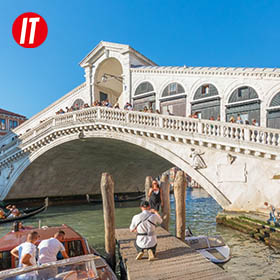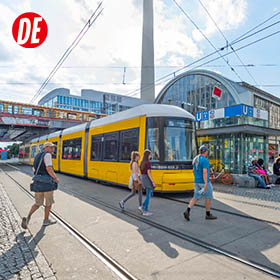Rua Augusta And Arco da Rua Augusta
Lisbon's City Center
The Augusta Street (Rua Augusta), 500 meters long, connects the Rossio Square with the Commerce Square, and intertwines with more than a dozen surrounding streets to form Lisbon's busiest commercial district. At the south end of the street is the Rua Augusta Arch, which is a landmark of Lisbon with its beautiful carvings and decorations.
The Augusta Street is about 500 meters long, with the northern end adjacent to the Rossio Square and the southern side connected to the Commerce Square. The Augusta Street is intertwined with more than ten streets and alleys such as Victoria, San Nicolas, and San Justa, forming a Checkerboard Road Network. The streets are lined with shops with Patterns by Rubble on the Ground, which is a traditional Portugal style.
Manywhere Trivia:
The 1755 earthquake destroyed 85% of Lisbon’s buildings, and Pombaline Downtown, where Augusta Street is located, was rebuilt after the quake. The houses with towering walls here are highly resistant to earthquakes and fire.
At the southernmost end of Augusta Street is the Rua Augusta Arch, a major landmark of Lisbon’s downtown area, with a gate fronted by statues of a goddess and historical figures such as Vasco da Gama. According to the original design, a clock tower was planned to be built, but later it was changed to an arch, and the clock was installed Behind the Arch.
Passing through the Rua Augusta Arch, you will come to The Waterside Commerce Square. This is also a popular tourist spot in Lisbon, with a view of the April 25 Bridge and the statue of Christ the Redeemer across the sea.

Lisbon Commerce Square
Seaside City Square
Commerce Square, adjacent to the mouth of the Tagus River in Lisbon, has a statue of King José I on horseback in the center, with a view of the April 25 Bridge and the statue of the Christ the Redeemer across the sea. Walking through the Rua Augusta Arch in the north of the square, you will reach the most bustling commercial zone of Lisbon.
Attractions around Rua Augusta and Rua Augusta Arch
Tags:
Related
The Seine In Paris360
River of History and InspirationsPantheon In Paris360
Resting Place for Great People of FranceSt. Vitus Cathedral360
Religious Center of CzechSant Pau Recinte Modernista360
Art Nouveau Architecture ComplexKoyasan Daimon Gate360
Whole Mountain Main EntranceMuseumsQuartier Vienna360
The MQ with Arts and CulturesCentre Pompidou360
Treasures of Modern ArtClan Jetties Of Penang360
Maritime Communities of One NameSt. Mark's Square And St. Mark's Basilica360
100 Meter High Landmark Clock TowerYu Garden360
A Downtown EscapeGaudi House Museum360
The Last Years of GaudiBarcelona Cathedral360
Gothic Architecture from the 13th Century


























No comments yet, post the first one!